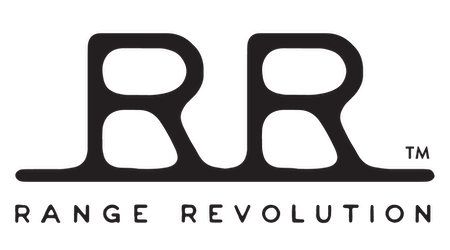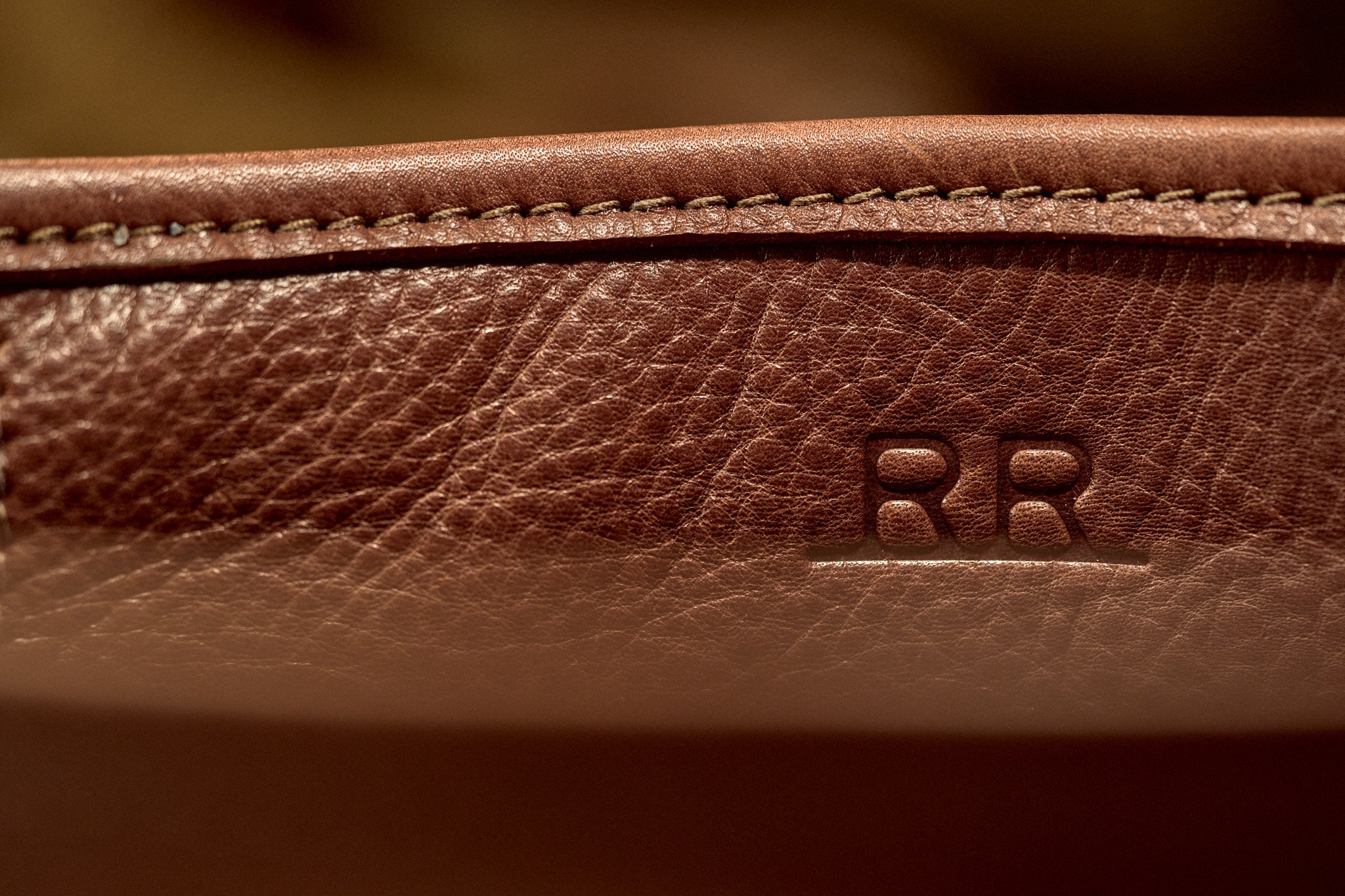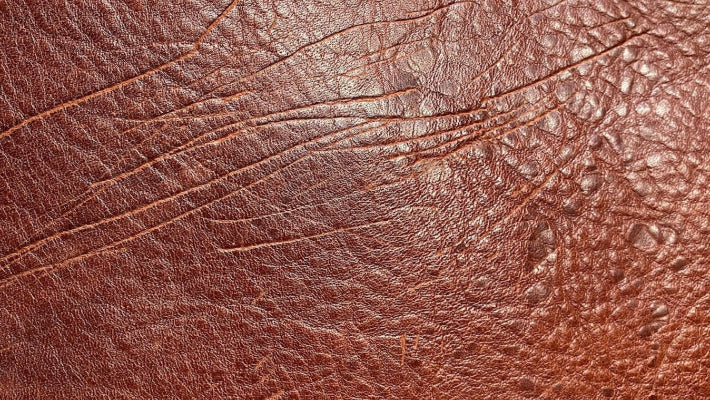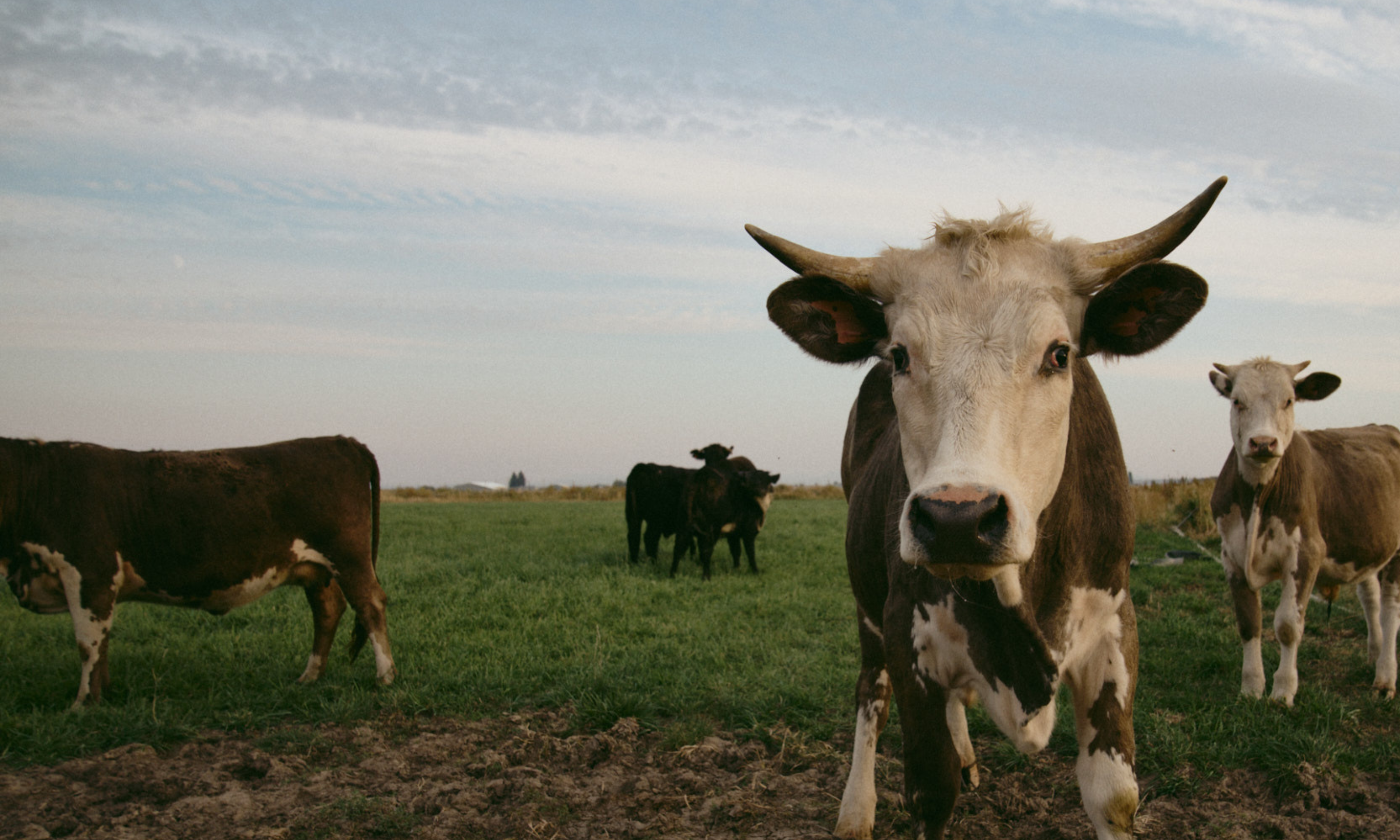Regenerative. Traceable. Built to Last.
At Range Revolution, we don't just use leather — we elevate it. Our regenerative leather is sourced from holistically managed U.S. ranches that restore the land, not deplete it. It's a material that tells a story — of soil renewal, biodiversity, and ethical craftsmanship.
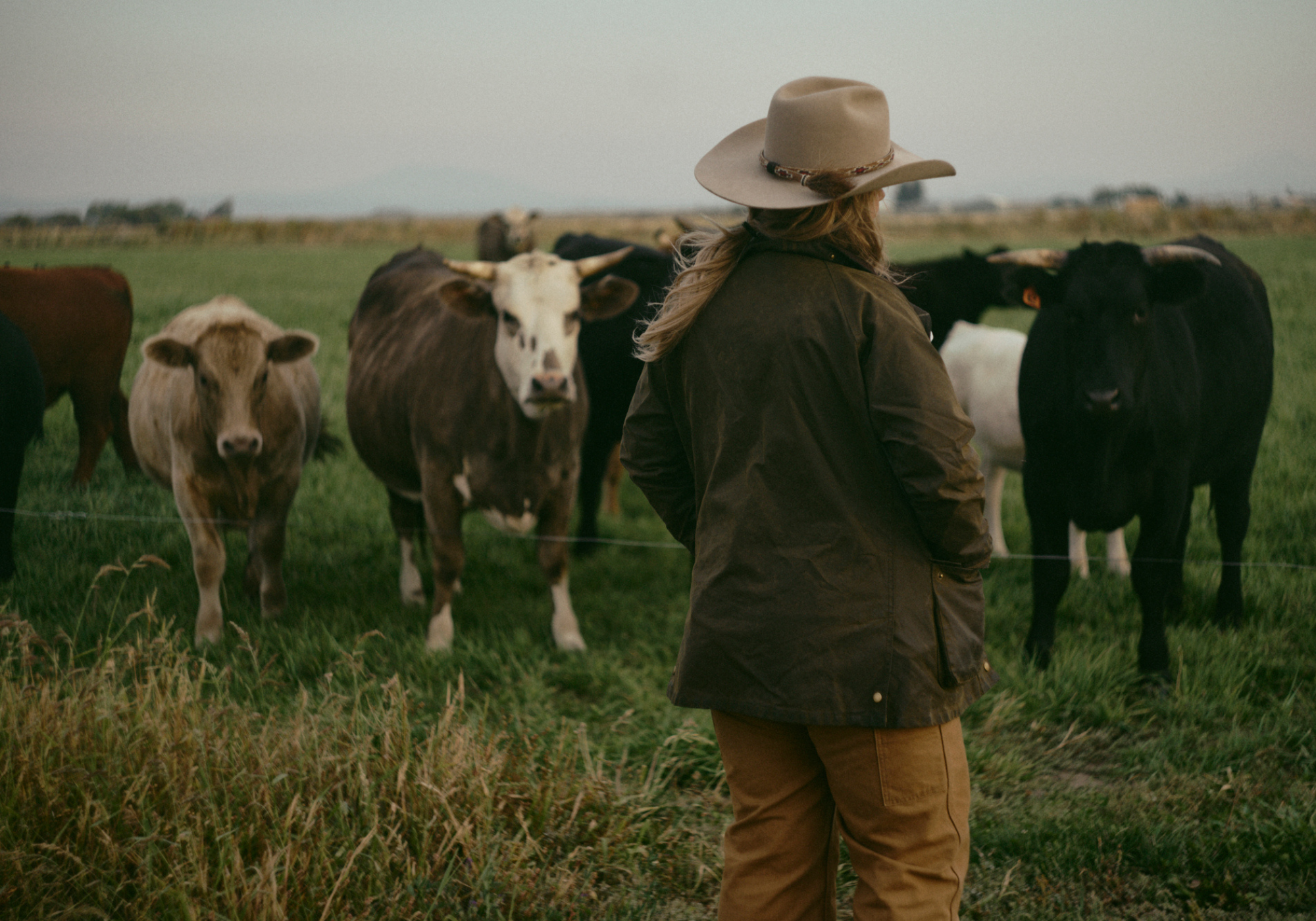
What Is Regenerative Leather?
Regenerative leather is more than sustainable — it's restorative. It comes from animals raised on ranches practicing regenerative agriculture: a method that improves soil health, sequesters carbon, and supports ecosystem balance. These animals aren't just part of the cycle — they help heal the land they graze.
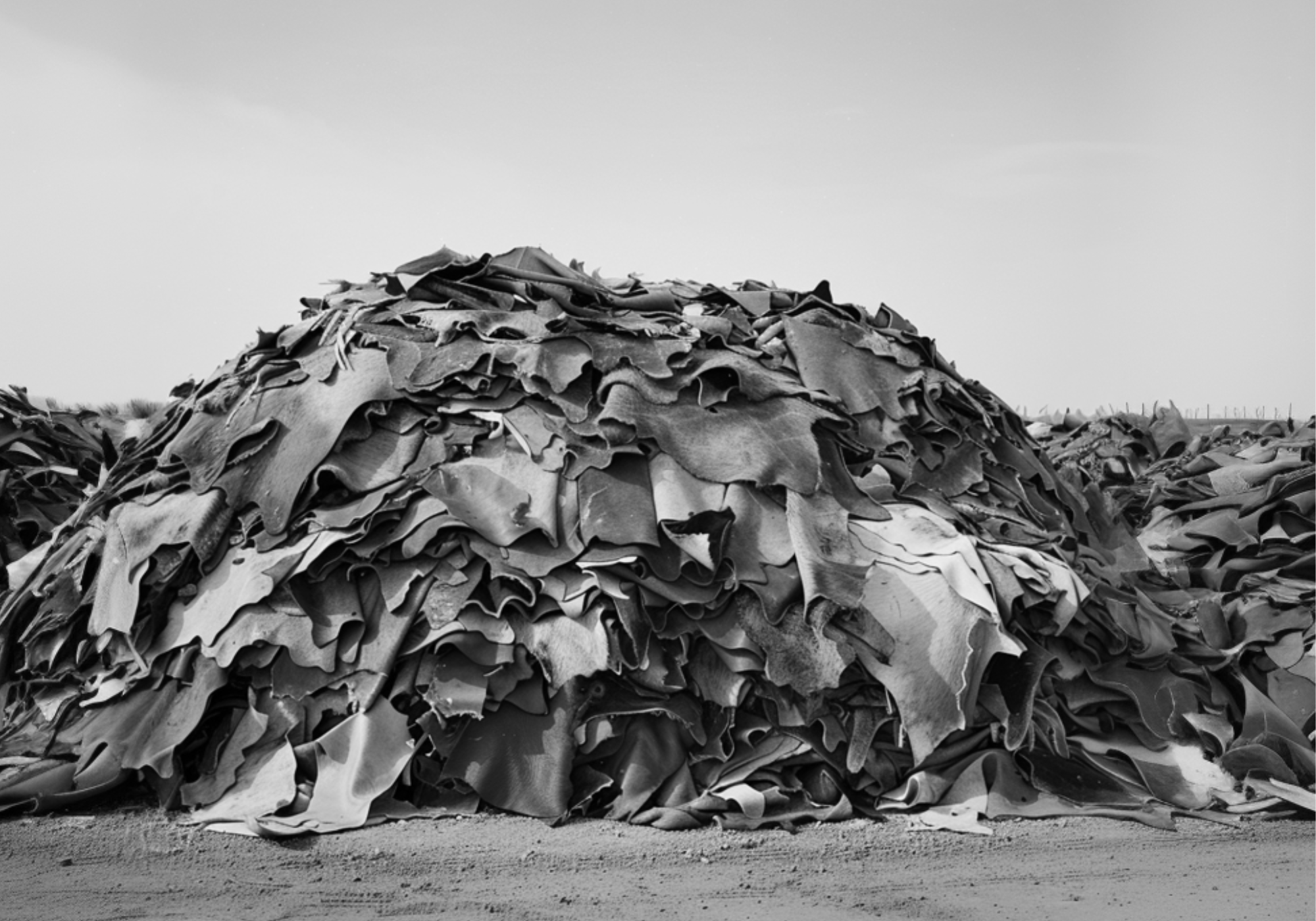
Why It Matters
The meat industry generates millions of hides each year. While leather is already a co-product — keeping waste out of landfills — regenerative leather goes further. It supports mid-sized American ranches using ecological practices, rather than relying on commodity leather from large overseas processors.
Over 5.5 million hides go to waste annually in the U.S.* Regenerative leather helps shift value back to ranchers protecting our lands.
*Source: U.S. Department of Agriculture & U.S. Census Bureau
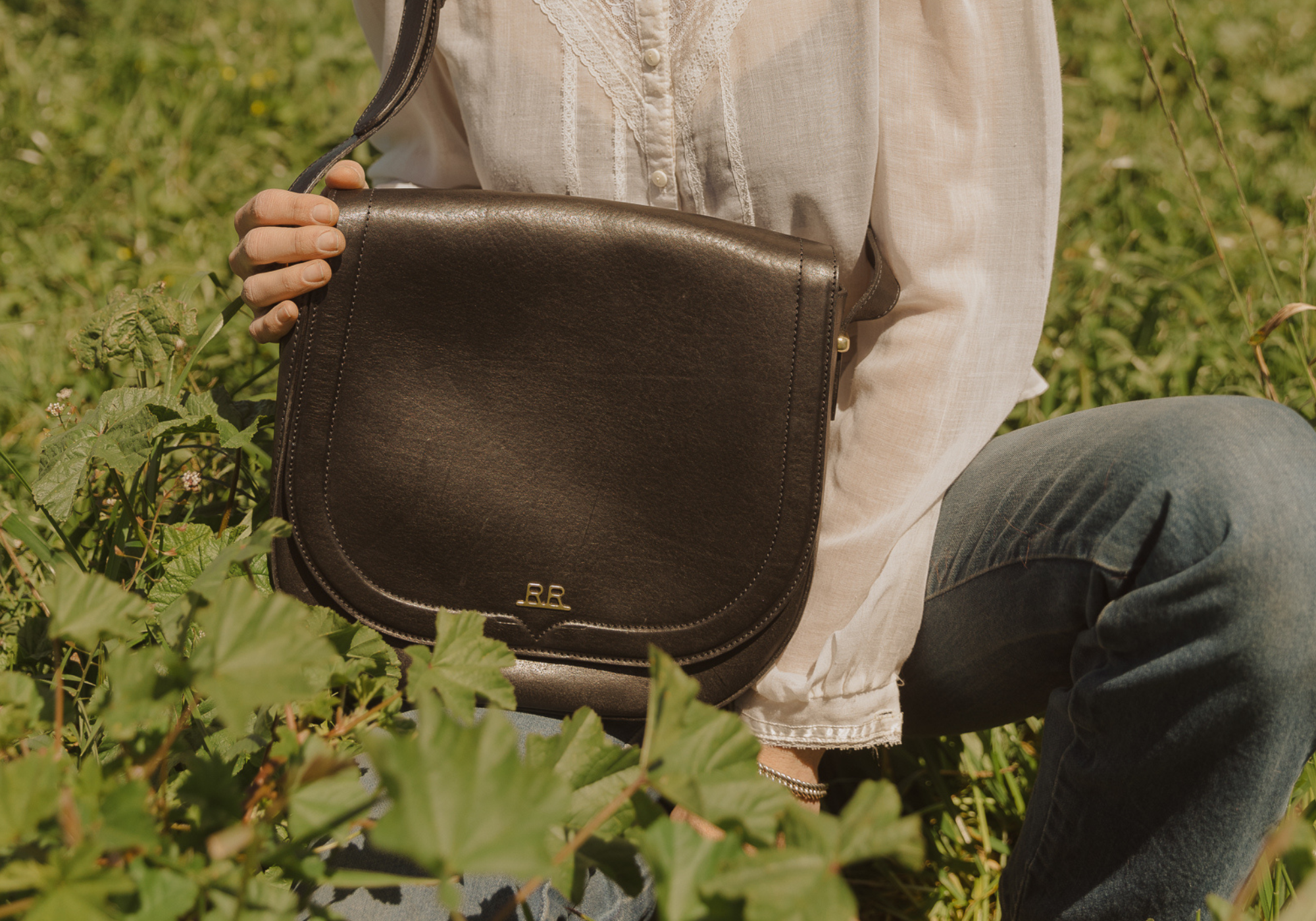
Our Process
From pasture to product, our leathers are traceable and minimally processed:
Sourcing: 100% of our hides come from U.S.-based, Ecological Outcome Verification (EOV) certified ranches
Finishing: Our finished leathers are “naked”, meaning there are no plastic topcoats. Just raw, beautiful leather that develops a unique patina over time.
Regenerative Leather FAQs
What does "regenerative" mean?
Regenerative refers to practices that actively restore ecosystems. In agriculture, this means improving soil, boosting biodiversity, and supporting the health of natural systems — instead of merely sustaining them.
How is leather "regenerative"?
Regenerative leather is sourced from animals raised on land managed to regenerate soil and ecosystems. It's a holistic commitment — from how animals are treated to how land is nurtured — creating a material that reflects environmental healing.
Why is regenerative leather important?
It closes the loop. While leather already diverts waste, regenerative leather rewards ranchers investing in land stewardship. It's a win for local economies, ethical supply chains, and ecological resilience.
How does regenerative leather compare to vegan or recycled leather?
"Vegan leather" is often made from petroleum-based plastics. It's marketed as cruelty-free, but not necessarily eco-friendly or durable.
Recycled leather repurposes post-consumer or industrial leather waste, often in bonded or composite forms.
Regenerative leather is real, traceable leather from animals that have helped restore the land they lived on.
Where does Range Revolution source its regenerative leather?
All our leather comes from U.S. ranches participating in Ecological Outcome Verification (EOV), a third-party protocol developed by the Savory Institute. Every hide can be traced back to its ranch of origin.
Let your leather evolve. Let it tell your story.
CARE TIPS
DO
- Use natural conditioners or wax salves to protect and nourish.
- Spot clean with a cotton cloth and saddle soap.
- Let wet leather dry naturally.
- Consult a professional for stubborn stains.
DON'T
- Avoid harsh cleaners or scrubbing.
- Don't store leather in plastic — use breathable cotton dust bags.
